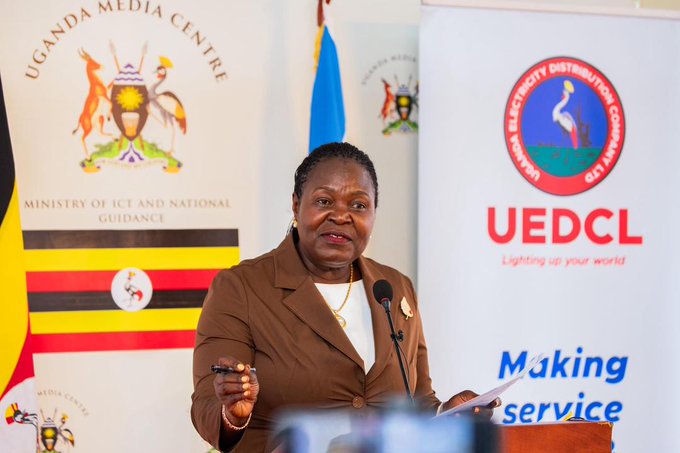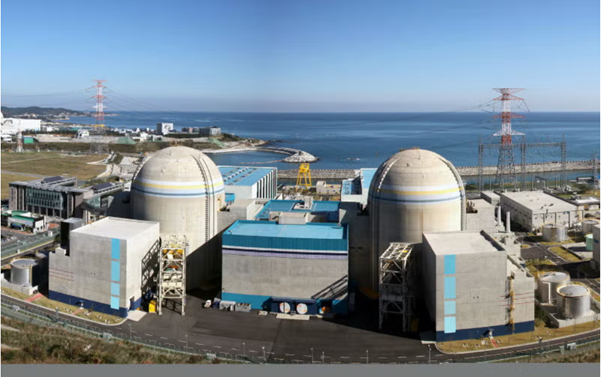
By Patricia Nanteza
The Ugandan government is placing a multi-decade bet on nuclear power to end the era of frequent blackouts – a promise anchored in the Energy Policy for Uganda 2023. According to Energy Minister Hon. Dr. Ruth Nankabirwa Ssentamu, the nation aims for total energy independence within 10 years (c. 2033–2035), a timeframe the new policy ties to the end of nationwide load shedding.
Nuclear: The 24,000 MW Climate-Resilient Anchor
The policy makes the Promotion of nuclear energy development a key objective. Nuclear power is viewed not as a mere supplement but as a strategic necessity for Uganda’s long-term economic vision.
The country’s existing renewable resources, primarily hydro, cannot meet the massive energy demand required for full industrialization. The policy is built on a long-term plan for nuclear power to contribute up to 24,000 MW of capacity, far surpassing the current installed capacity of approximately 2,048.1 MW.
Ensuring Reliability: Nuclear energy is being pursued to reduce the risk of relying on hydropower, which is vulnerable to the effects of climate change, such as droughts. As a continuous, high-capacity baseload power source, nuclear energy will enhance grid stability.
This ambition is quickly taking concrete shape. The government has signed a deal with a South Korean firm for a site assessment in the Buyende District, earmarked to host the pioneer plant with an eventual capacity of up to 8,400 MW. The Minister has announced an initial target to connect 1,000 MW from the Buyende site to the national grid by 2031.

The Immediate Challenge: From Generation to Distribution
While the nuclear vision addresses the 2040 demand, the cause of today’s crippling load shedding is not generation shortage—Uganda often runs a surplus. The true culprits, as acknowledged by the Ministry of Energy and the Uganda Electricity Distribution Company Limited (UEDCL), are aging distribution infrastructure, system overloads, and vandalism.
The policy’s objective to strengthen electricity generation, transmission, and distribution infrastructure is crucial here. Experts stress that without urgent, massive investment in distribution infrastructure, which is still catching up after years of underinvestment, the current blackouts will persist despite the surplus from new generation plants like Karuma (600 MW).
Key strategies targeting the access deficit include:
- Addressing Access Costs: Implementing a free connections plan to raise the low national connectivity rate of 28% (and 8% in rural areas).
- Combating Biomass Use: Promoting the increased uptake of modern, clean energy forms like Liquefied Petroleum Gas (LPG) to reduce the dangerous 90.5% reliance on biomass, which is driving environmental degradation.
The government is facing the twin tasks of building its energy future with nuclear while simultaneously overhauling its dilapidated distribution past. While the long-term vision is clear, the public’s confidence hinges on tangible, short-term improvements in grid reliability.
